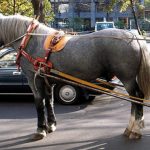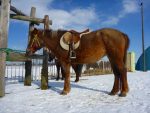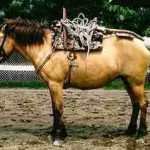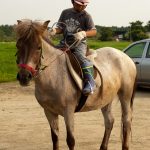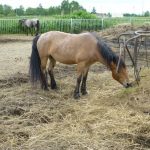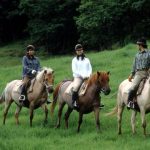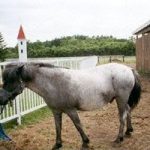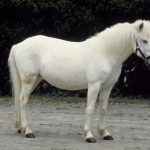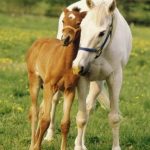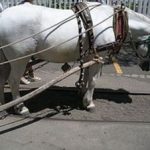Hokkaido Pony
The Hokkaido Pony or Dosanko is an ancient breed of small horses mostly found along the eastern coast of the Japanese island of Hokkaido. The Hokkaido ponies, having the ability to work in rough terrains, are used for transportation in the mountainous regions where trucks or other vehicles cannot go.
Hokkaido Pony Pictures
- Dosanko Horse
- Dosanko
- Hokkaido Pony Horse
- Hokkaido Pony Images
- Hokkaido Pony Pictures
- Hokkaido Pony Ridding
- Hokkaido Pony Stallion
- Hokkaido Pony
- Hokkaido Pony Foal
- Hokkaido Horse
Quick Information
| Other Names | Hokkaido Horse |
| Temperament/Personality | Willing, gentle, equable |
| Physical Characteristics | Plain head, short, stout, and heavy body, flat withers, light and slender legs with silky feathering, good feet |
| Colors | Solid colors, commonly roan; white markings are rare |
| Height (size) | 13-13.2 hands (52-52.8 inches, 132-134 cm) |
| Weight | Unknown |
| Common Uses | Pleasure mount, farm work, military pack animal, trail riding |
| Health | No known breed-specific health issues |
| Popular Traits | Strength, hardiness, adaptability to harsh conditions |
| Feeding/Diet | Mostly bamboo grass |
| Country of Origin | Japan |
| Ancestors | Nanbu Horse, Mongolian Horse |
Dosanko (Hokkaido Pony) Video
History and Development
The Dosanko is thought to have evolved from the Nanbu horses, which were brought to Hokkaido from Tohoku, a region in Honshu, by fishermen during the Tokugawa period (1603-1868). Since the fishermen came to the island to look for herring, they imported these horses to help them in transporting their catch.
In autumn, the fishermen returned home leaving the horses in Hokkaido to survive without any aid. Many of these equines would survive the harsh winter and would be utilized by the fishermen returning in the next spring.
A breed registry was formed in 1979, and by the early 1990s, the Dosanko population grew from 1180 to 3000. However, it declined to 1950 horses by 2000. Today, many ranchers and farmers in Hokkaido winter these ponies in the mountains. A research grant is given to the Hokkaido University in order to develop and analyze conservation efforts for the breed.


